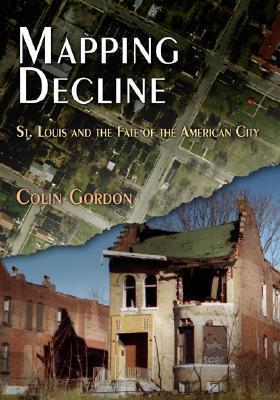What do you think?
Rate this book


304 pages, Hardcover
First published April 15, 2008
This is a story that can be retold, with local twists and variations, for virtually nay American metropolis in the modern era. Local, state, and national policies encouraged economic and demographic flight from increasingly poor, and black, central cities. Sprawl and political fragmentation made these cities--and the larger urban (35) areas they anchored--increasingly difficult to govern or finance. The modern urban crisis was a direct consequence of public policy, not an unfortunate social ill that persisted despite public policy.
This pattern of governance in greater St. Luis was accomplished quite purposefully; it was, in Terrence Jone's apt phrase, 'fragmented by design'. This fragmentation in turn, facilitated and invited a prolonged pattern of local piracy as political units sought to maximize local wealth and tax bases while minimizing any claims that might be made on them (45-46)
As with most such settings in St. Louis, the local improvement association was more a consequence of the covenant than it was a cause; the boundaries of the neighbourhood were determined by the willingness of homeowners to sign the covenant. (80)
The FHA, as Robert Weaver...noted in 1948, had 'turned the agency's operations over to the real estate, and home finance boys.' Four years later the NAACP scored what it viewed as an 'extension of racial discrimination and segregation abetted and furthered by a government agency backed by billions of dollars of insurance secured by taxpayers' money' and concluded bitterly: 'We are breaking down the ghetto in old housing only to see federal funds being used to establish impregnable ghettos in new, desirable suburban developments' (From memorandum re: FHA Underwriting Manual (n.D.), NAACP Papres pt 5, reel 4:0945).
Exclusive and fragmented zoning in the suburbs erased any semblance of residential diversity, sorting the white middle class into income-specific single-family enclaves on the periphery and leaving African Americans, the elderly, and the poor to filter into older and higher-density housing stock (much of it unprotected by zoning)in the central city (112)